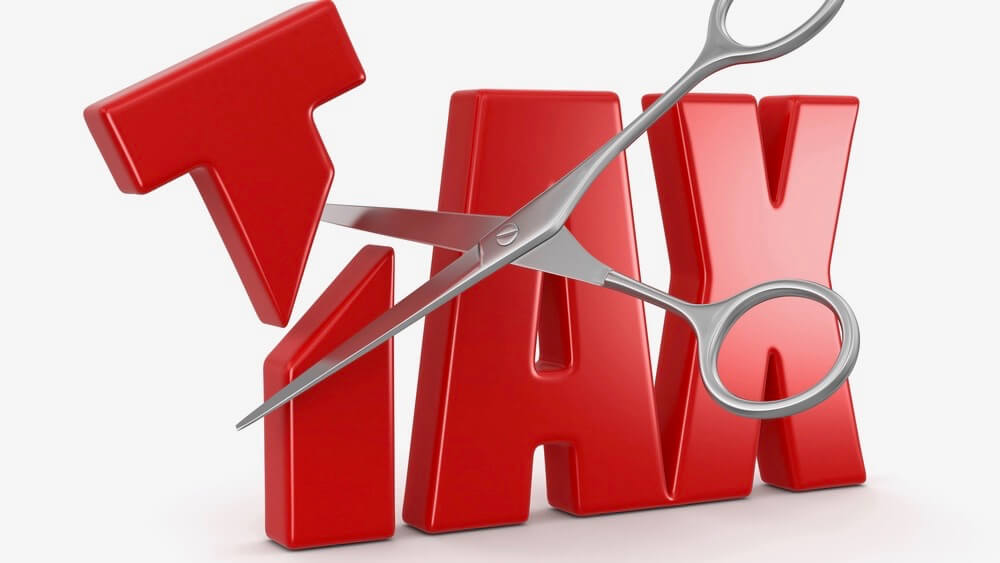Here is a smarter way to tax the rich
No one should pay more than 50% tax on marginal income
Advertisement
No one should pay more than 50% tax on marginal income

READ: Investment fees you can claim on your tax returnOne of the quirks of living in a federal state, however, is that two levels of government often pass the buck on problems either or both could fix. So, how can we solve this? One option might be to lower tax bracket thresholds so that people end up in the highest marginal tax rate at a lower income level than is currently the case. That’s fine. Some might say that they want fiscal reform to be revenue-neutral to the status quo. Again, depending on where the threshold is set, that can be reverse-engineered and that’s fine with me, too. Here’s another idea. The government in Ottawa could pass a law – let’s call it the Fiscal Policy Harmonization Act – whereby any marginal income tax beyond the 50% aggregate threshold is returned to the taxpayer on a 50/50 basis. In Ontario where I live, the top combined marginal rate is about 53.5%. That’s 3.5% above the combined limit – or 1.75% for Parliament Hill and 1.75% for Queen’s Park.
READ: Avoid tax traps when opening a joint investment accountLet’s say someone you know earns $500,000, and for simplicity’s sake, let’s say that the combined 53.5% marginal tax rate kicks in at $220,000. In that instance, the taxpayer is paying 3.5% more than would be permissible on his or her last $280,000 of annual income. That’s $9,800 a year. I’d say that person ought to be entitled to a $9,800 tax refund – $4,900 from the feds and $4,900 from Ontario. If revenue neutrality is what you’re after (i.e., if governments want to recoup that $9,800 they would lose), then maybe they should lower the threshold. For instance, instead of having the top bracket kick in at $220,000, perhaps it could kick in at $190,000 (or whatever the number is).
READ: Work abroad? Your income is fair game for the CRAThe bottom line here is that pretty much everyone believes there is an important psychological barrier passed when someone is forced to surrender more than half of his or her income to both governments. It just doesn’t feel right. People should be working for themselves and their families first and, no matter how wealthy, there should never be a circumstance where over half of earnings go to taxes. Who’s with me on this? John De Goey is a Portfolio Manager with Industrial Alliance Securities Inc. and the author of The Professional Financial Advisor IV. Industrial Alliance Securities Inc. is a member of the Canadian Investor Protection Fund. The opinions expressed herein are those of Mr. De Goey alone and may not be aligned with the opinions and values of Industrial Alliance Securities Inc. or any of its affiliated companies.
Share this article Share on Facebook Share on Twitter Share on Linkedin Share on Reddit Share on Email